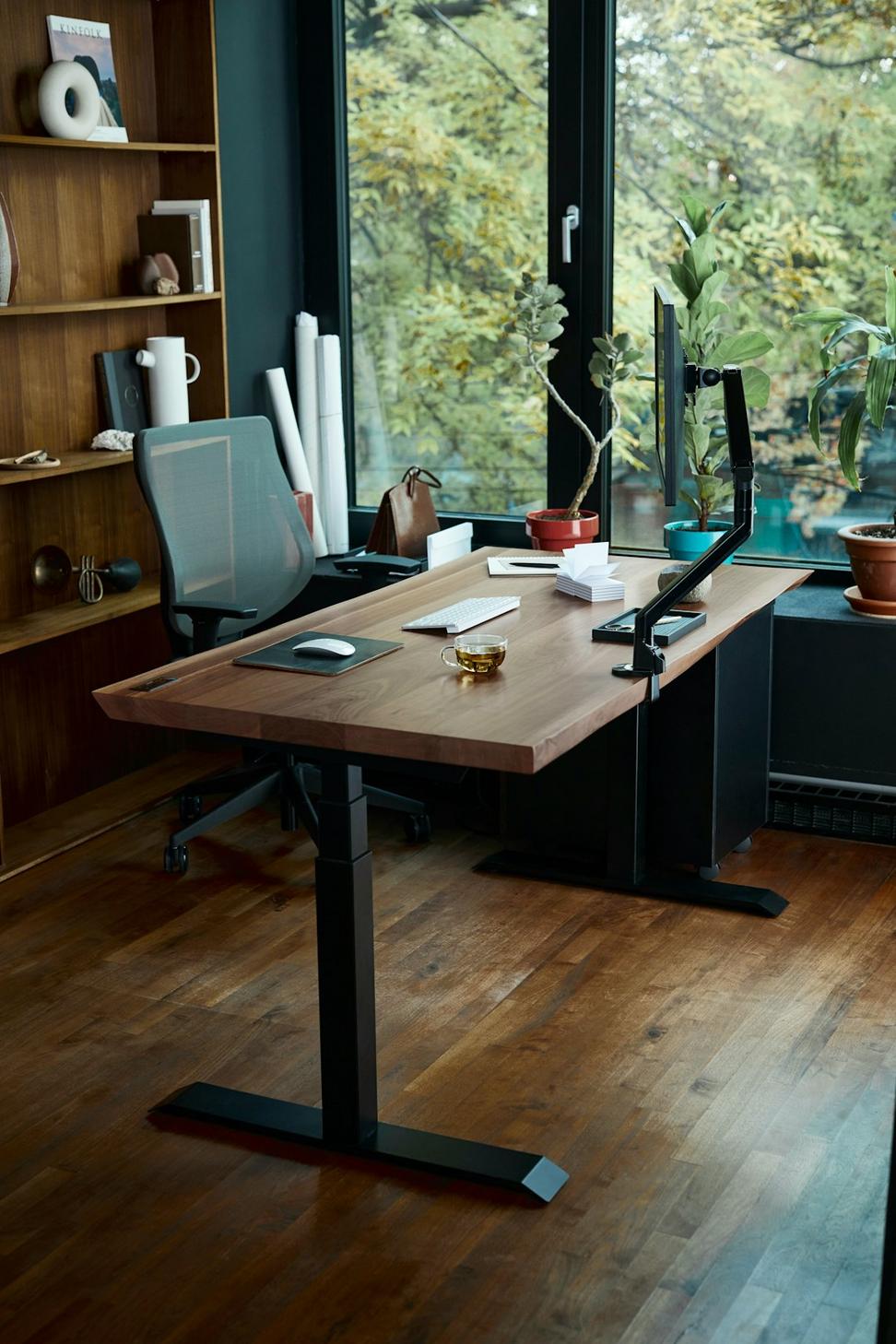Commercial Building Design
We've designed everything from boutique retail spaces to multi-story office complexes across BC. The trick isn't just making it look good - it's about understanding how people actually move through spaces, where the natural light hits at different times of day, and yeah, making sure your HVAC bills don't end up costing more than your mortgage.
Started doing this back in 2006, and I'll tell you - the commercial landscape's changed a ton. These days, tenants want flexibility, owners want efficiency, and everyone wants something that'll still feel relevant in 20 years. That's where we come in.
- Retail & Mixed-Use Developments
- Office Buildings & Corporate Headquarters
- Hospitality & Entertainment Venues
- Adaptive Reuse Projects
